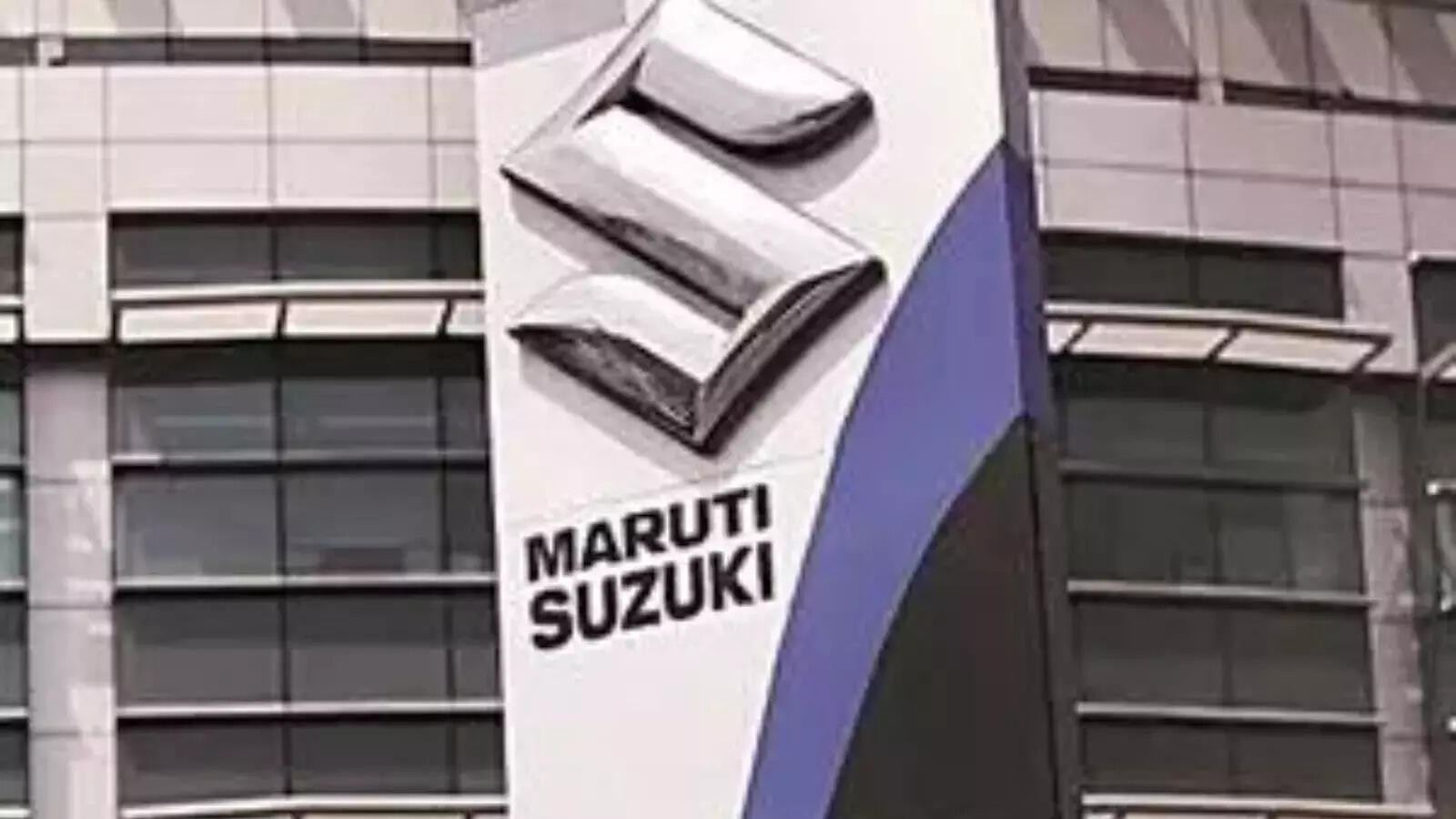Maruti Suzuki Navigates the Quarter: A Steady Hand on the Wheel
Maruti Suzuki, a name synonymous with Indian roads, recently unveiled its performance figures for the first quarter, and the story it tells is one of resilience and strategic maneuvering in a challenging landscape. While the profit saw a marginal uptick, the narrative behind the numbers is far more compelling than a simple plus or minus sign. It reveals a company skillfully navigating a complex interplay of factors, from fluctuating commodity prices to evolving consumer preferences.
A Glimpse into the Q1 Performance
The initial headlines might point to a modest increase in profit. However, diving deeper reveals that Maruti Suzuki’s performance is anchored in several key pillars: sustained demand for its vehicles, particularly in the SUV segment, and a proactive approach to managing input costs. The automotive industry, globally, is grappling with rising raw material prices, and Maruti Suzuki’s ability to maintain profitability in this environment speaks volumes about its operational efficiency and supply chain management. The company’s focus on higher-margin vehicles also contributed significantly to the bottom line.
SUVs Stealing the Show: What’s Driving the Trend?
One of the clear takeaways from the Q1 results is the growing popularity of SUVs. Maruti Suzuki has strategically positioned itself to capitalize on this trend, with models like the Brezza and Grand Vitara leading the charge. But why this surge in SUV demand? Several factors are at play. Consumers are increasingly drawn to the perceived safety, road presence, and practicality of SUVs. Furthermore, improved fuel efficiency and more compact designs have made them accessible to a wider range of buyers. This shift in preference represents a significant opportunity for Maruti Suzuki, and the company appears well-prepared to seize it.

Managing the Input Cost Maze
The automotive industry is heavily reliant on a range of commodities, from steel and aluminum to precious metals used in catalytic converters. Fluctuations in these commodity prices can significantly impact profitability. Maruti Suzuki’s ability to navigate this “input cost maze” is a testament to its robust procurement strategies and hedging mechanisms. The company has also focused on localization of components, reducing its dependence on imports and mitigating the impact of currency fluctuations. This proactive approach has proven crucial in maintaining a competitive edge in a price-sensitive market like India.
Looking Ahead: Challenges and Opportunities
While the Q1 performance offers a positive outlook, several challenges remain. The semiconductor shortage, although easing, continues to be a concern for the automotive industry as a whole. Furthermore, evolving emission norms and the increasing adoption of electric vehicles require significant investment in research and development.
However, these challenges also present opportunities. Maruti Suzuki is actively exploring alternative fuel technologies, including CNG and hybrid powertrains, to cater to evolving consumer preferences and regulatory requirements. The company is also investing in expanding its production capacity to meet the growing demand for its vehicles. These strategic initiatives are crucial for ensuring long-term growth and sustainability in a rapidly changing market. To further understand the landscape of the Indian auto market, explore our analysis of electric vehicle adoption trends.
The Road Ahead for Maruti Suzuki
The Q1 results paint a picture of a company adeptly navigating the complexities of the Indian automotive market. By focusing on popular segments like SUVs, proactively managing input costs, and investing in future technologies, Maruti Suzuki is positioning itself for continued success. While challenges undoubtedly remain, the company’s demonstrated resilience and strategic vision suggest that it is well-equipped to handle whatever the future holds. The ability to deliver Maruti Suzuki vehicles that meet consumer demand while maintaining profitability showcases a strong understanding of the market and a commitment to long-term growth.
(Final URL slug: maruti-suzuki-q1-performance)






